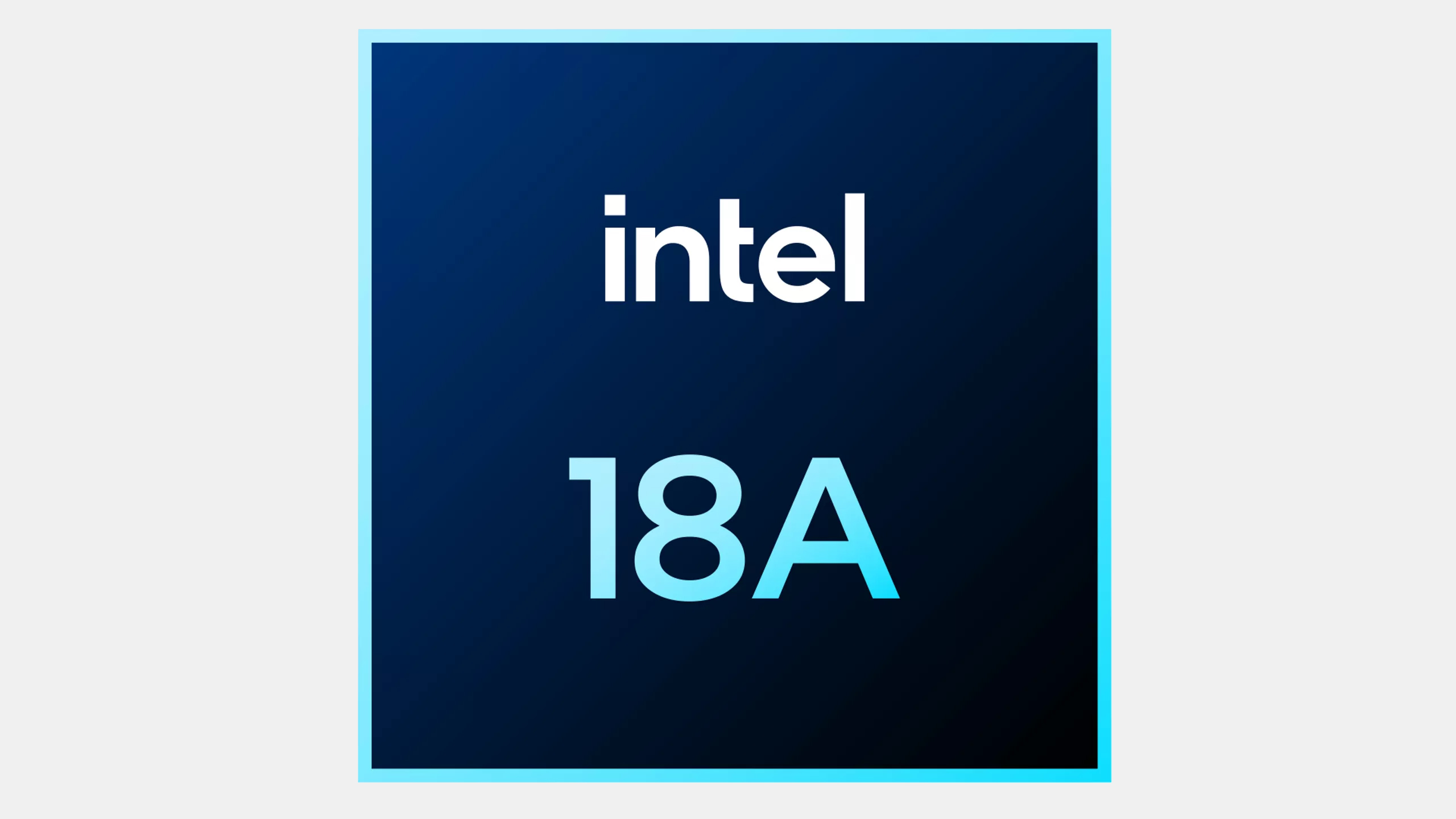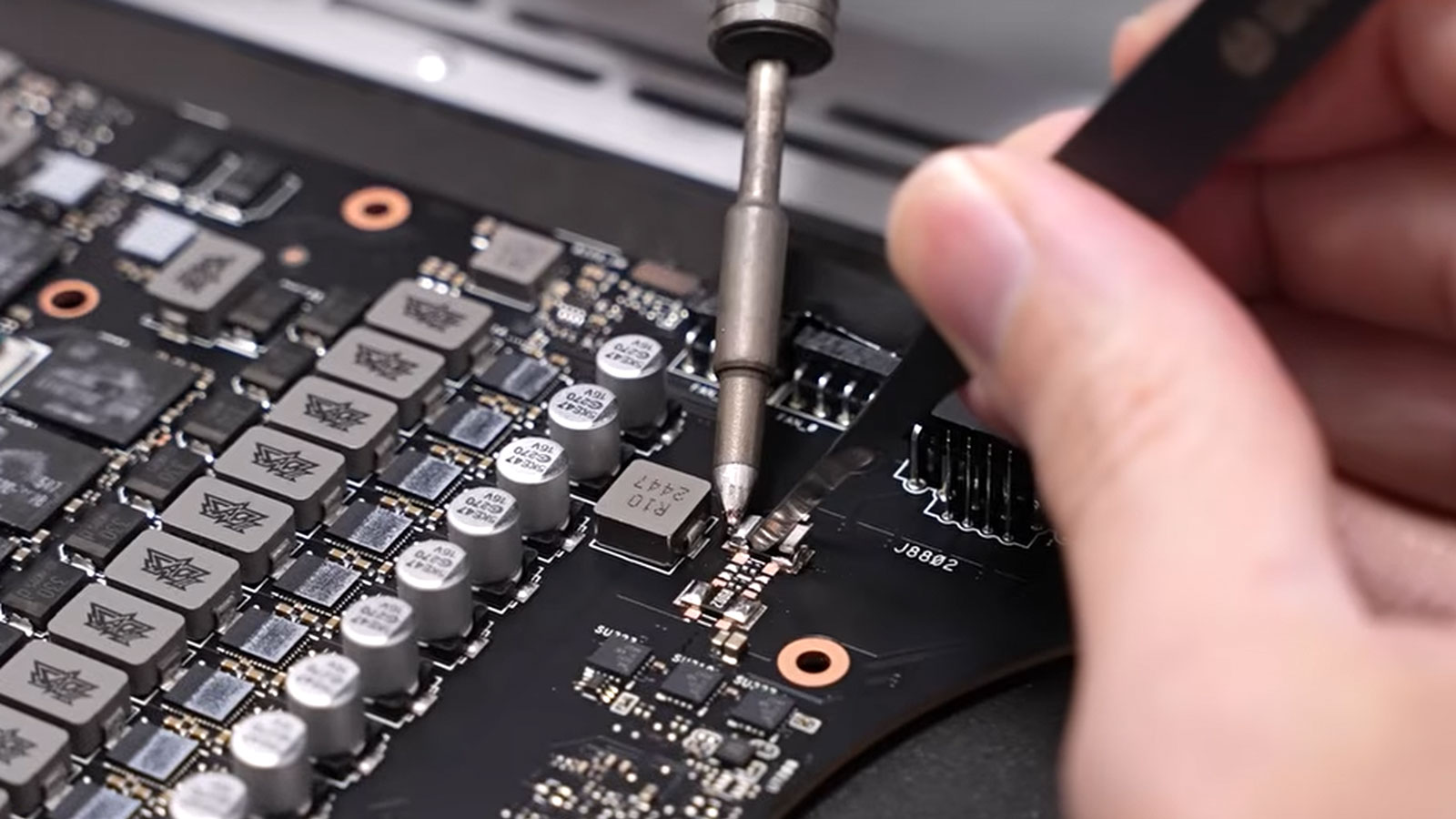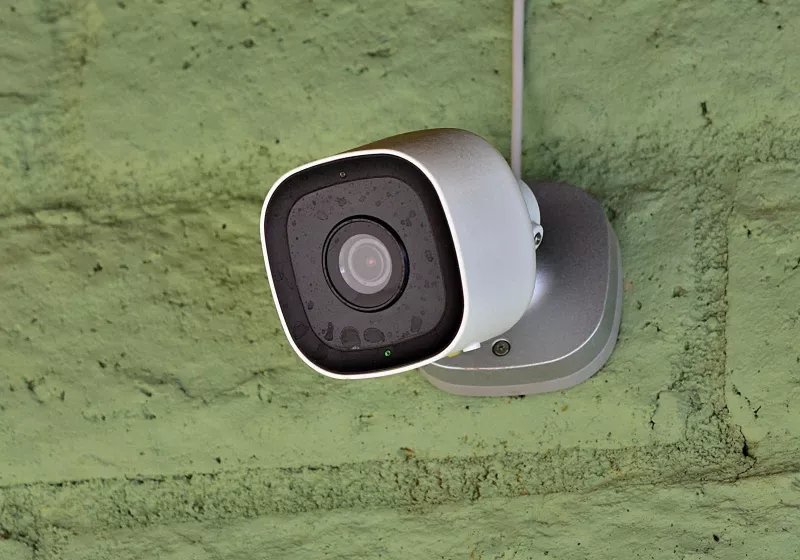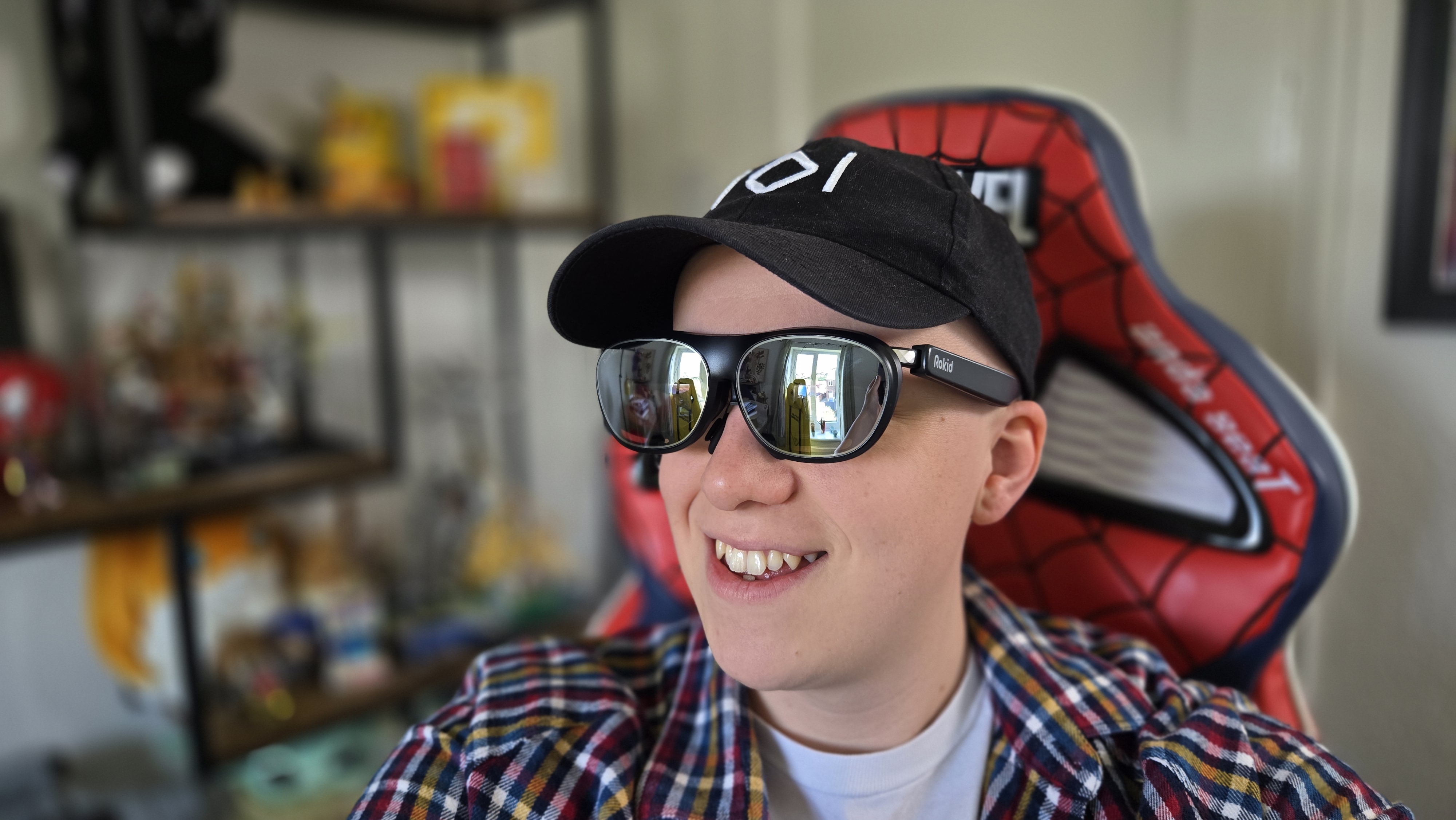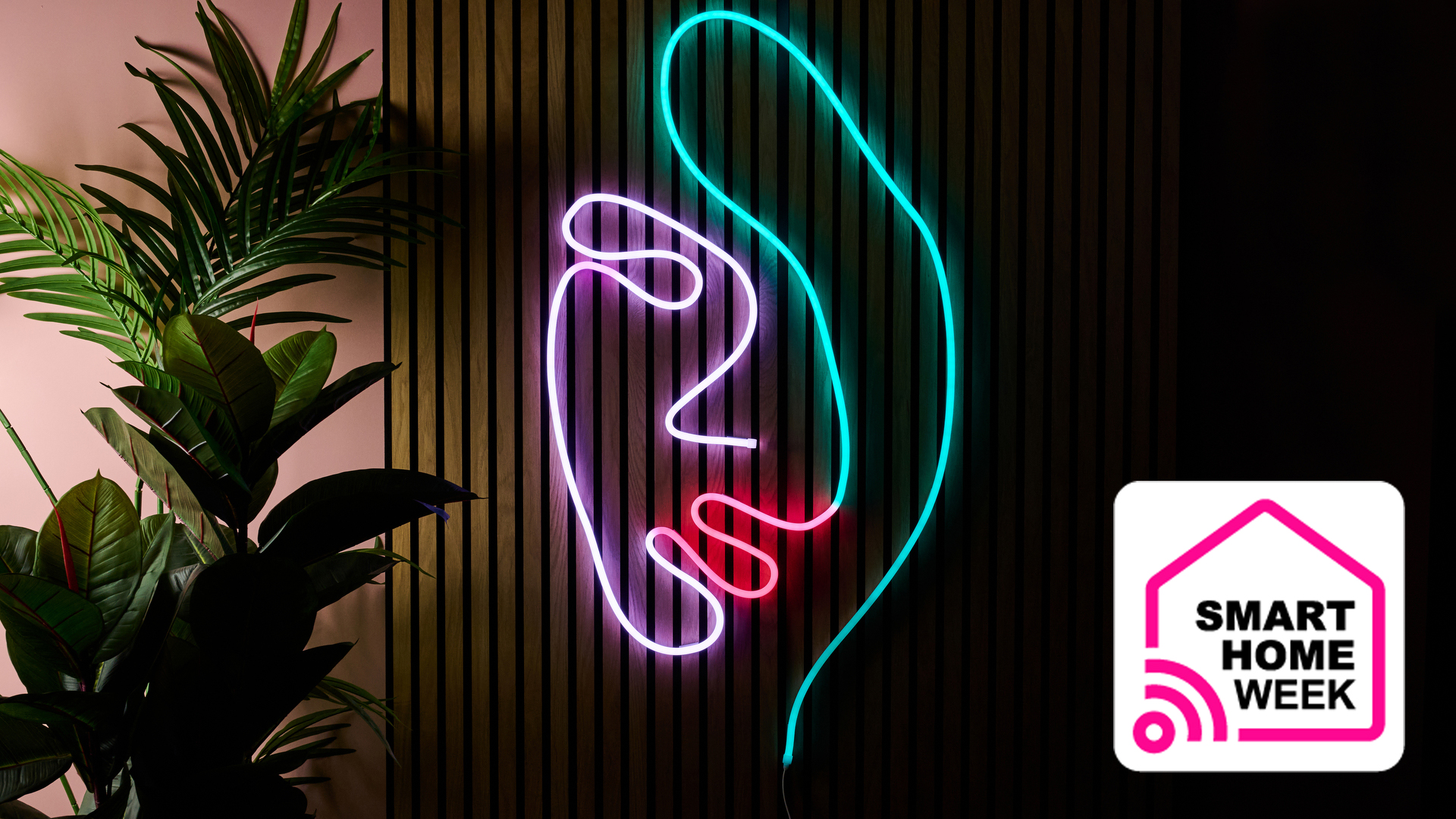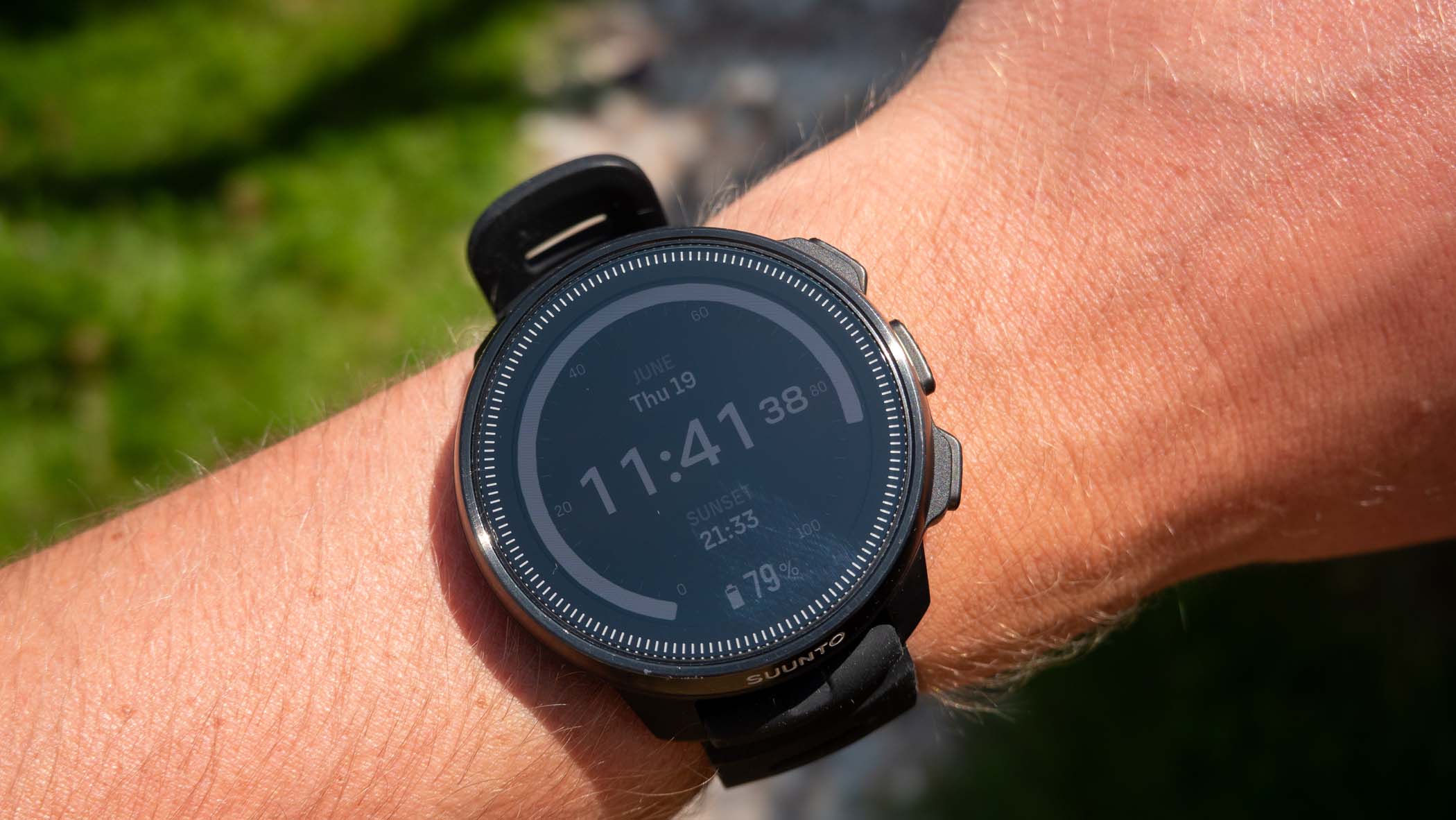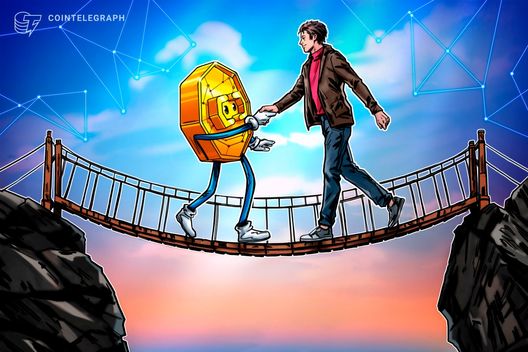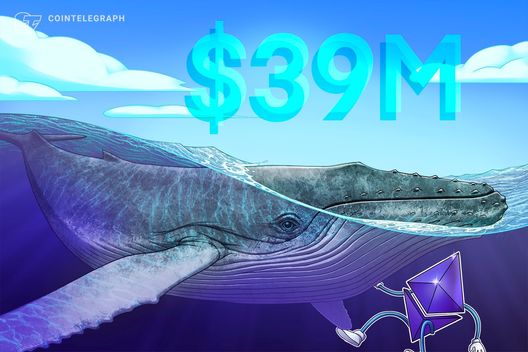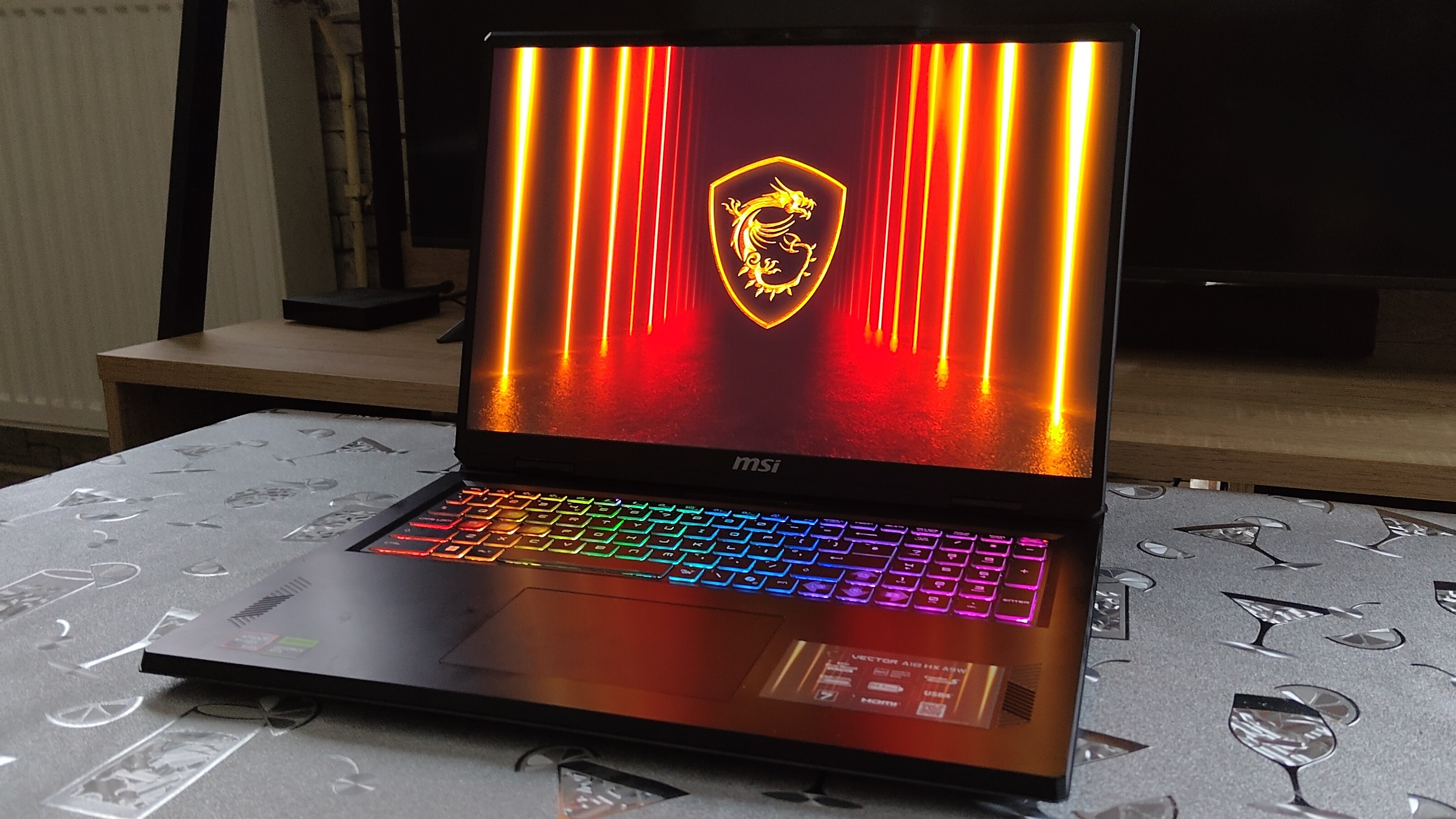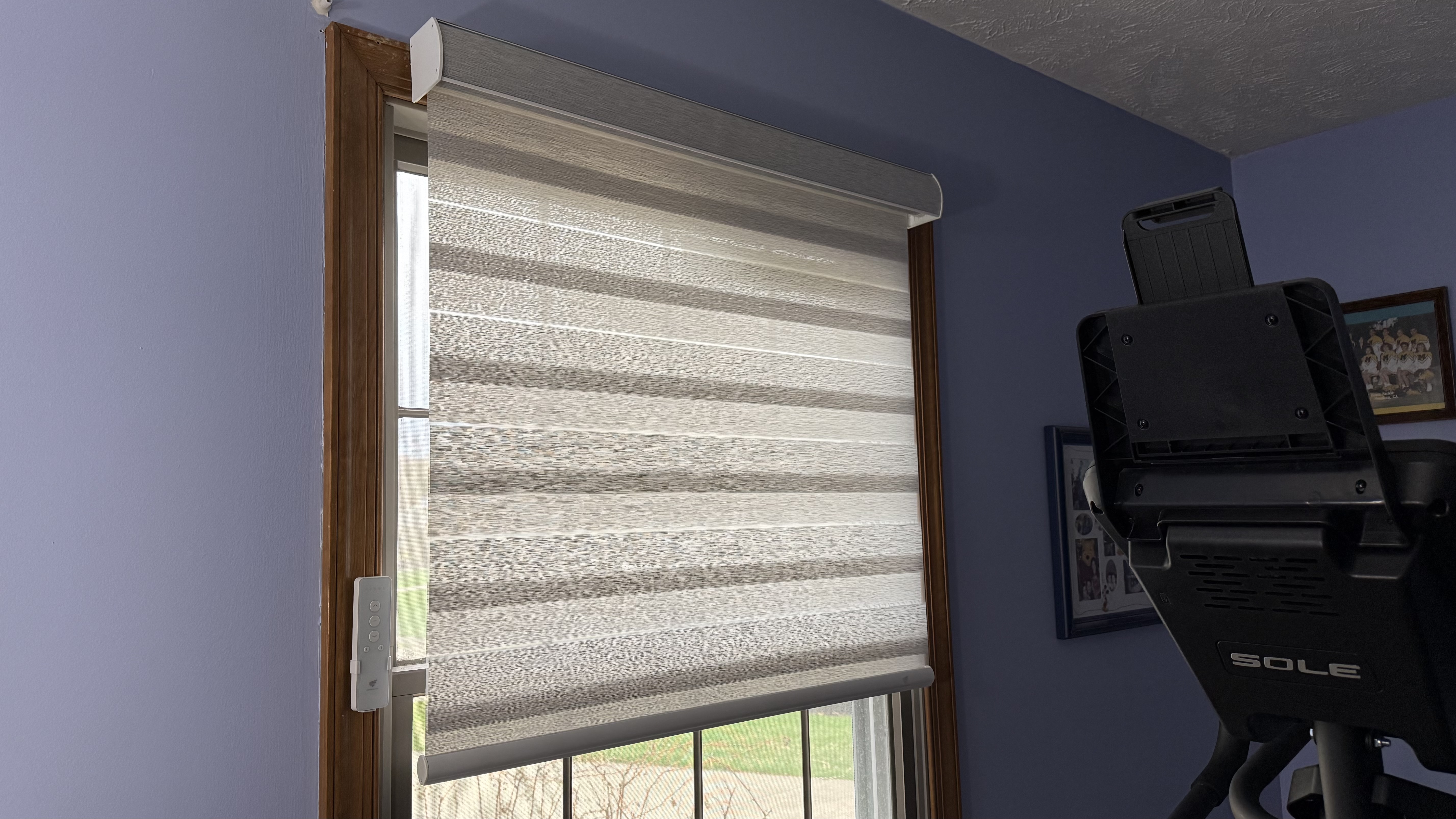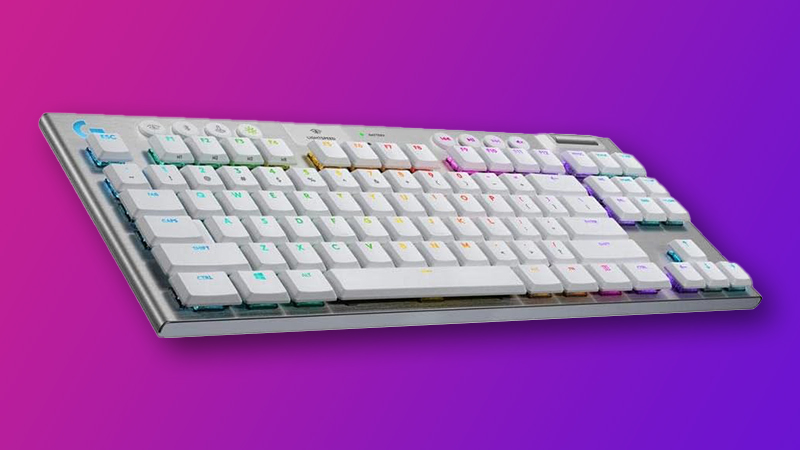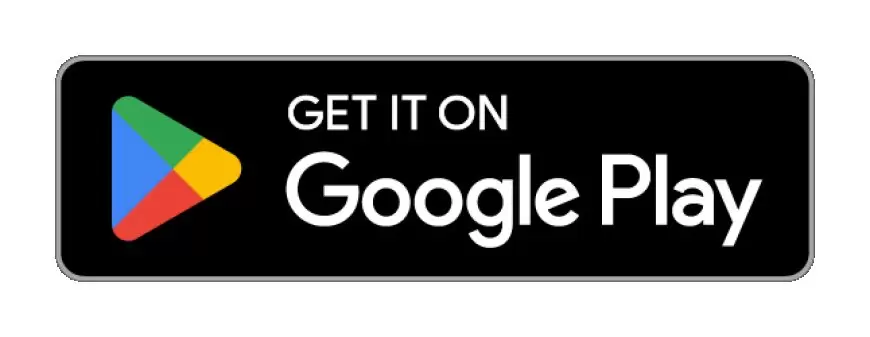I’ve spent 40 hours exploring Death Stranding 2: On the Beach, and it’s an incredible sequel that builds upon its unique predecessor to become a masterpiece
Death Stranding 2: On the Beach takes Kojima Productions’ excellent debut title to the next level thanks to a character-driven story and improved traversal and action gameplay.

Despite my love for all things fast-paced and wild, action-adventure PS5 game Death Stranding 2: On the Beach had me falling in love with the serene.
There’s a magical quality to just strolling around in the Australian wilds as you make your way from station to station delivering parcels, and while you can speed the game up with all manner of gadgets, I found myself leaving it alone so I could take in the world that developer Kojima Productions has created.
Platform reviewed: PS5
Available on: PS5
Release date: June 26, 2025
The trailers for Death Stranding 2 flaunted a ton of action-packed moments, leading me to believe we’d be in for a far more conventional action game after the somewhat divisive reaction to its predecessor. However, I’m happy to say that, while, yes the action is much better, the core of the game is still about parcel delivery and exploration. Kojima Productions hasn’t lost sight of what made the original game shine in order to appeal to a broader audience.
Don’t be so serious
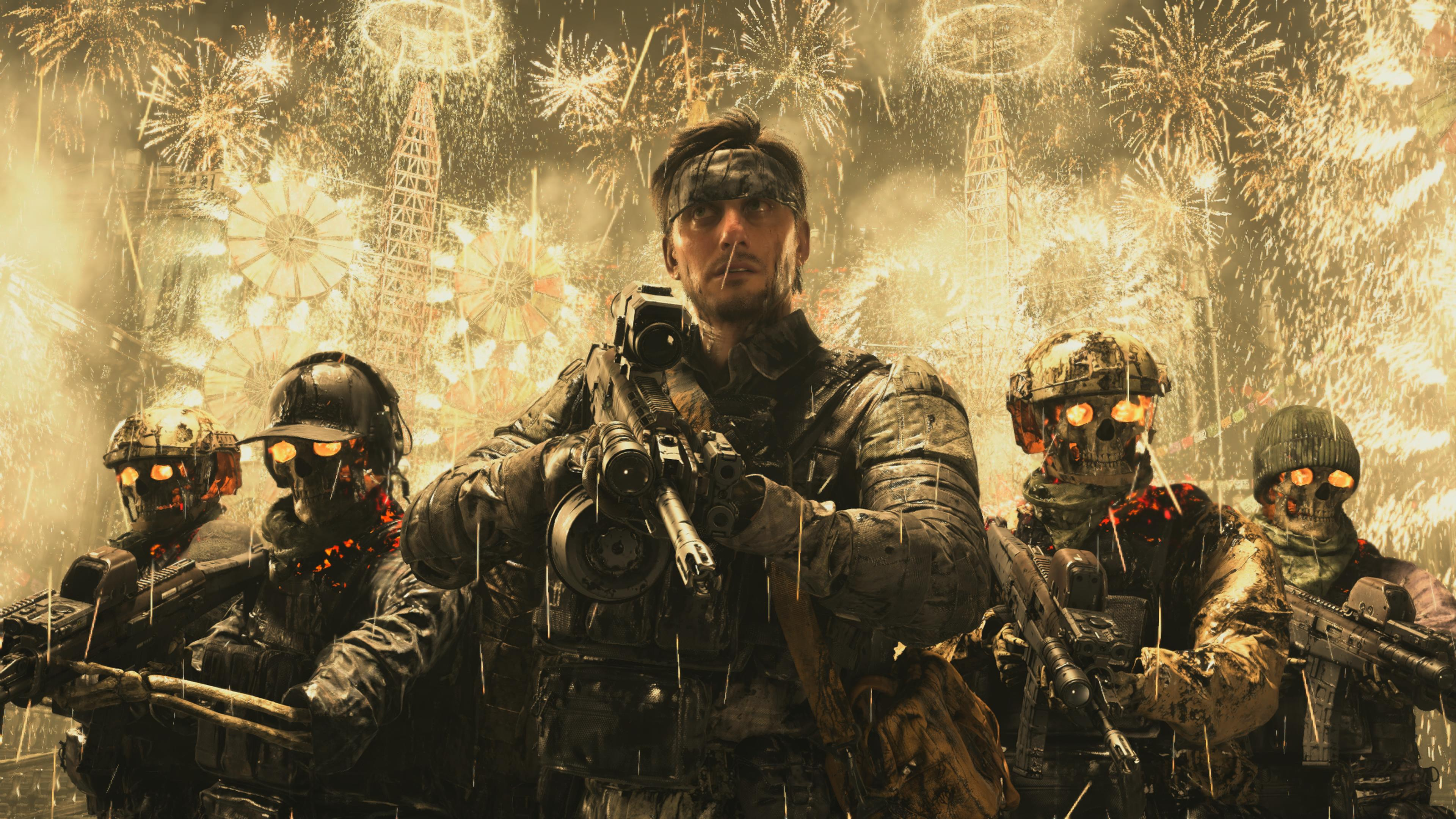
Death Stranding 2 once again follows Sam, a legendary deliveryman, who is now living a secluded life with baby Lou right after the events of the original game. And while the United Cities of America (UCA) – which Sam linked up in the original – is now content with automatic delivery robots, Fragile, an ally from Sam’s past manages to track him down and pull him back out for one final job – to link up Mexico into the Chiral Network - effectively a massive internet connection bringing these disparate areas together.
Joining up Mexico opens up a portal to Australia, which in turn has Sam take on another gig there as a member of the crew aboard a floating ship called the DHV Magellan. The crew hopes to open more portals and eventually connect the world and remedy the apocalyptic Death Stranding event, which tore the world apart in the first place.
Without the need to introduce the character, Death Stranding 2 is a very introspective and personal story for Sam, and as a result, it feels like it can go long stretches without any significant plot development happening.
It makes up for it with a far more character-driven approach, bolstered by what is probably the best acting performance I’ve seen from Norman Reedus across any medium. Interpersonal relationships and character studies carry the game before leading into an extremely Hideo Kojima third act full of wild events and tons of exposition that reaches Metal Gear Solid levels of bombast and absolutely nails the landing.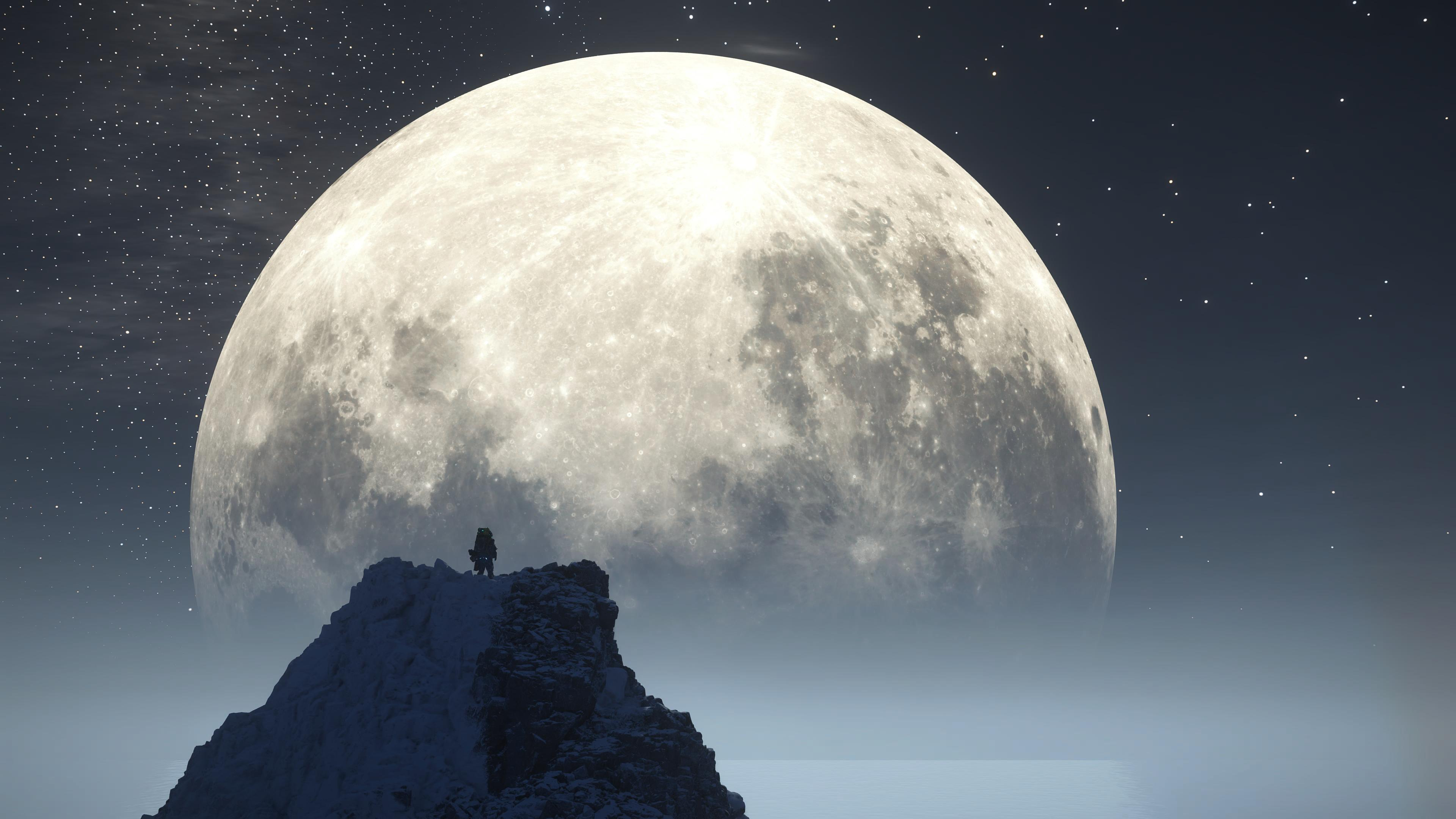
And while I wouldn’t call the original Death Stranding supporting cast bad by any means, Death Stranding 2’s newcomers are on another level. Sam’s main crew aboard the DHV Magellan ship includes Fragile returning, with new arrivals like Tarman, Tomorrow, Rainy, and Dollman making up the ranks.
Dollman in particular works akin to God of War’s Mimir, being strapped to Sam’s hip on his trails and providing expository dialogue and the like. I was afraid that this type of companion would interfere with the isolation that defined the original game, but he quickly became one of my favourite characters and a heartfelt one at that – despite being a doll modelled after a Turkish film director.
Meanwhile, the relationship between Fragile, Tomorrow, and Rainy was always a highlight whenever it was on screen, with the latter having one of the most engaging side plots in the game.
On the villain front, Higgs returns from the original with a lust for revenge that pushes that character to the next level. Then there’s Neil, who takes on the role that Mads Mikkelsen’s Cliff had in the first game of a character who appears in flashbacks and otherworld scenes. And after Kojima featured the character so heavily in trailers, I was a touch disappointed with how sparingly he was used. But in the end, it landed that I found myself in tears over a character whom I’d barely seen – thanks in large part to the incredible performance by Luca Marinelli.
I’ll keep coming
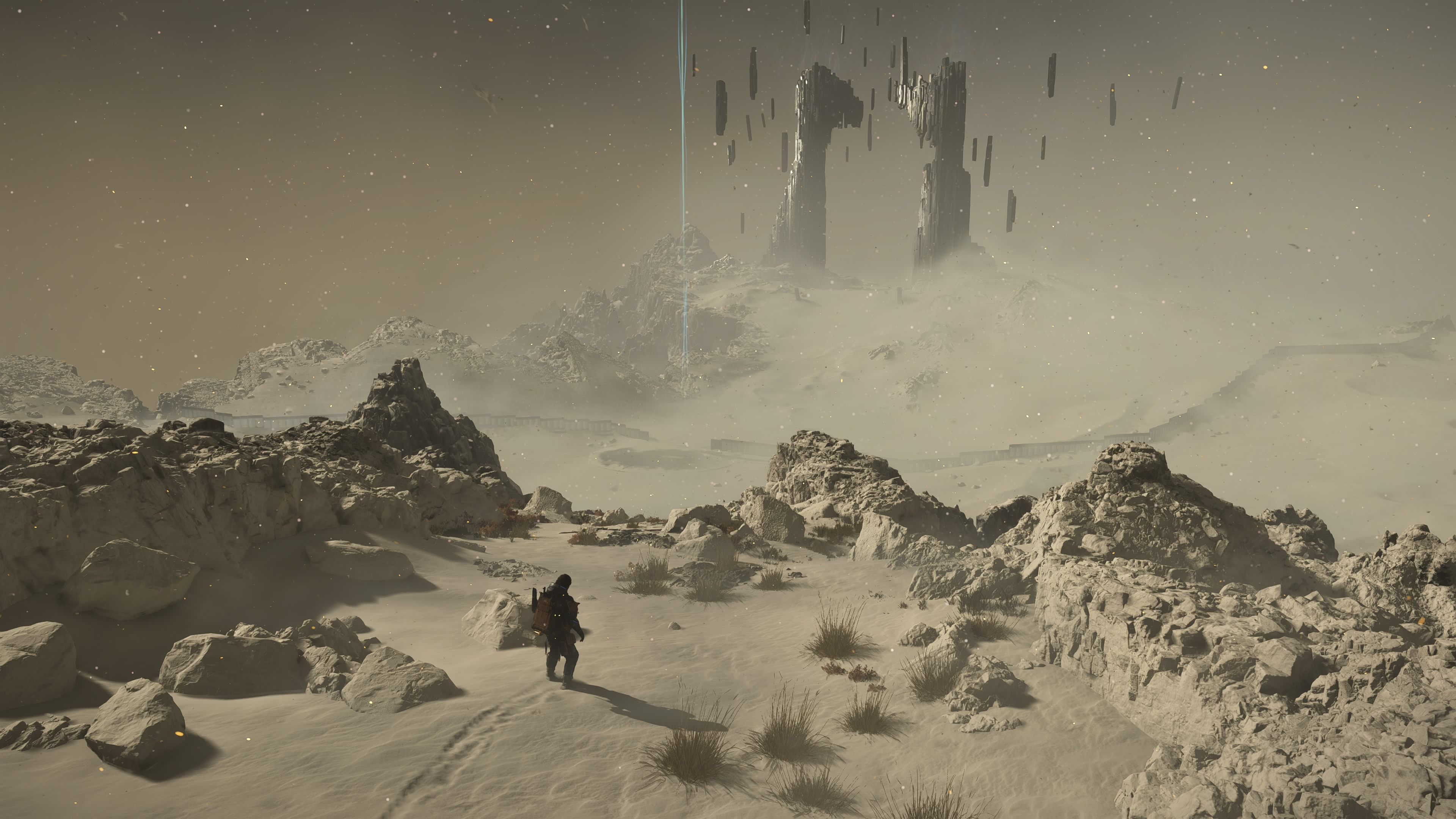
Death Stranding 2 isn’t some massive overhaul, despite what the action-packed trailers may have you believe. The core of the game is still about traversal and parcel delivery. And honestly, outside of new gear and structures to try, it’s not all that different (not that it needs to be).
The biggest shake-up is with the day and night cycle and weather systems, which can cause earthquakes, sandstorms, and whiteouts, which are cool for sure, but never made too much of an impact on my deliveries. The Strand system – which has other players' buildings and gear appear in your world to drive home that feeling of connection – returns, and it’s still one of the best implementations of asynchronous multiplayer found in a game.
Death Stranding 2 retains one of the original game’s best features, where the licensed soundtrack kicks in and the camera pulls back, really bringing home just how vast the world is that Sam has to traverse, leading to some euphoric moments where you’re treated to a mixture of a gorgeous vista and a beautiful tune. W
hile there are a ton of artists this time, alongside composer Ludwig Forsell, Woodkid takes on the main musical role this time, with his music being as prominent to this game as Low Roar was to the original. Both these vocal tracks and the score are gorgeous, ranking among the best soundtracks in recent memory, with the synth-heavy moments and the ambient vocal tracks.
This time around, you do get an upgrade that allows you to listen to any of the songs when roaming the world, with the game cutting you off when it wants to do these moments, although I elected not to use it to make those musical moments that much more impactful.
Once, there was an explosion

This time around, the gunplay feels far better than it did in the original Death Stranding, and the expanded roster of weapons gives you a lot to play with. There are still enemy encampments scattered around the map, which allows for a Metal Gear Solid 5-style approach where you can scout out areas and take your own approach to them, although the enemy AI isn’t quite as in-depth.
Meanwhile, the boss fights – which were a hindrance at best in the original – are much improved. While Sam still fights giant goop monsters, his expanded kit and their altered movesets make battles far more engaging, while the mech bosses are a solid change of pace, even if they do boil down to “shoot the glowy bit.”
On a technical level, Death Stranding 2 may be the best-looking game I’ve ever seen, even in performance mode. The opening scene in the mountains is genuinely breathtaking. The textures on the ground, the snow-topped mountains, the weather, the character models, and even the sky regularly had me in awe in a way you don’t really get in an era where graphical fidelity has started to plateau.
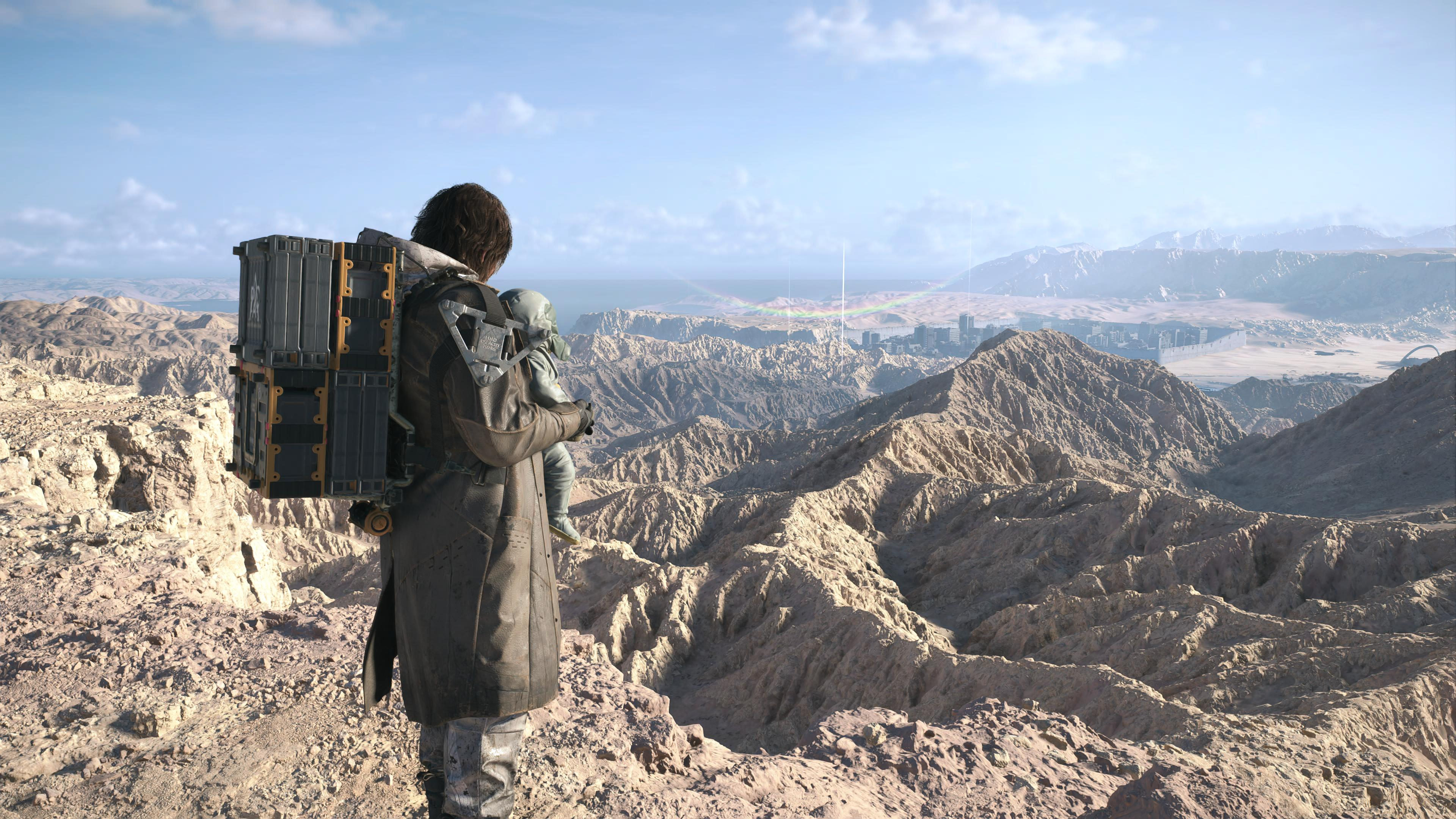
Death Stranding 2’s opening scene is one of the most striking openings in recent memory, in which you take a stroll with baby Lou across a mountain range to get back to your home, all while taking in some of the most gorgeous environments I’ve seen in a game.
We all knew what the Decima engine was capable of thanks to the Horizon series, but this takes it to the next level. And having played the game across both PlayStation 5 Pro and the PlayStation 5 Slim, it looks incredible and has a solid frame rate throughout. There is also a resolution mode available, but I found the graphical benefits negligible compared to having the higher frame rate available on the performance mode.
While my time with Death Stranding 2 was mostly glitch-free, I did have various audio issues, including multiple moments where the scheduled music tracks didn’t kick in. This also happened during the final boss, where the battle was happening in complete silence, prompting a restart.
Death Stranding 2 is what a sequel should be. It meaningfully builds on the ideas found in the original while not losing sight of what made it so great in the first place. Kojima Productions is never a studio to play it safe, and doubling down on the brilliant traversal and asynchronous multiplayer focus is exactly the right move.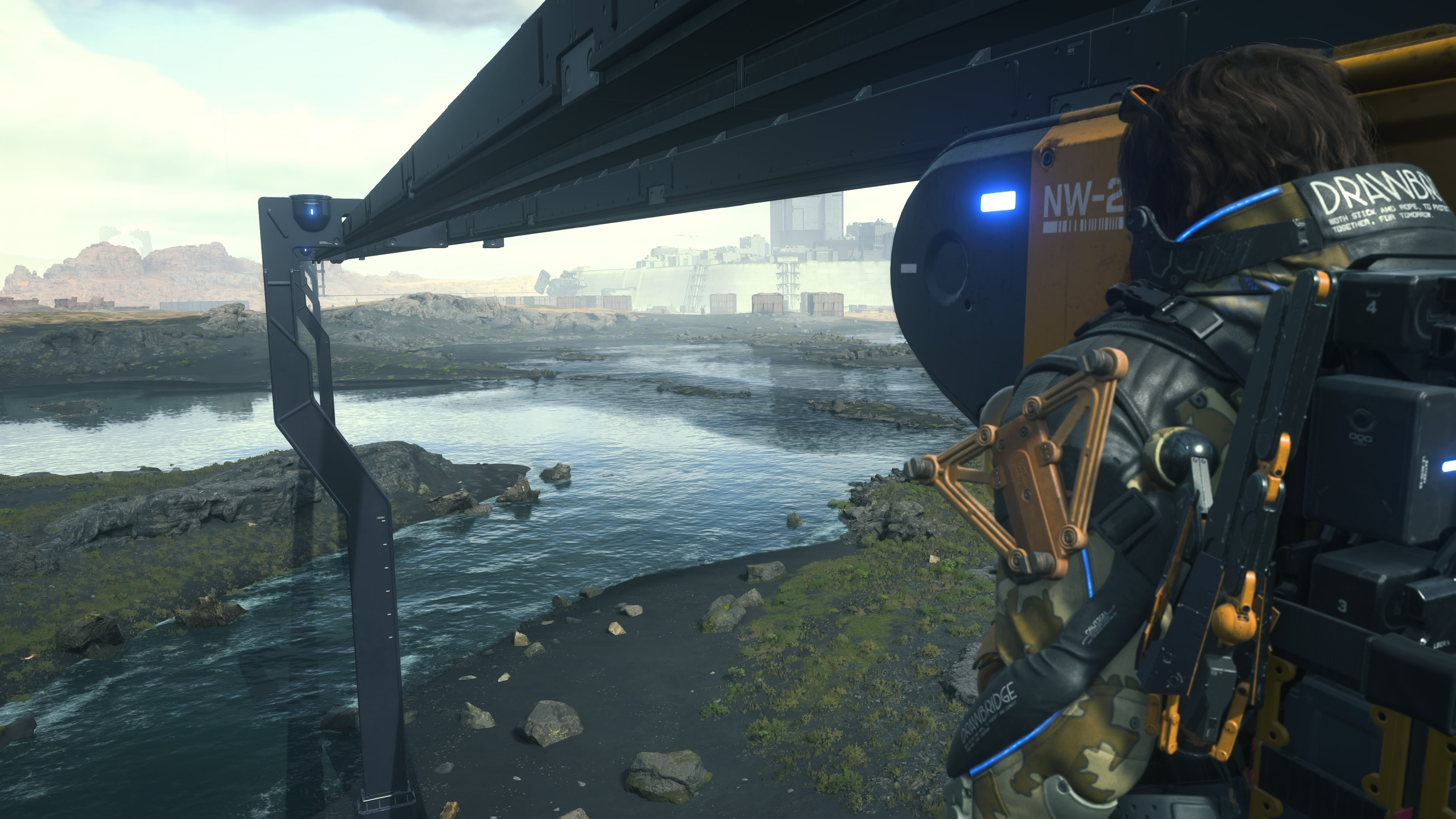
Should you play Death Stranding 2: On the Beach?
Play it if...
You enjoy playing unusual and unique games
Death Stranding 2 is filled to the brim with Hideo Kojima’s signature bizarre moments, characters, and world-building, while not sacrificing interesting gameplay. While not a massive departure from its predecessor, it has a weirdness you rarely get from a AAA release.
You want to make the most of your PS5 Pro
While it still looks gorgeous on the original PS5, Death Stranding 2 is one of the most jaw-dropping games I’ve ever played on a graphical front, even in performance mode. While still running at a solid 60fps.
You love great acting in games
While the goo monsters and talking dolls of Death Stranding 2’s world are undoubtedly silly, every lead actor brings their A game, with excellent performances from Norman Reedus, Shioli Kutsuna, Lea Seydoux, Troy Baker, and, yes, even, Jonathan Roumie – who voices the aforementioned talking doll.
Don't play it if...
You don’t like convoluted plots
There’s a lot to the world of Death Stranding, so much so that it includes an in-game glossary where players can read about the various people, phenomena, and terms introduced in the world. And while my past with Hideo Kojima games has conditioned me to extreme worldbuilding, it can definitely get a bit nonsensical if you’re not up to date on your lore.
You didn't gel with Death Stranding
While Death Stranding 2’s larger scope and enhanced combat are sure to bring in some new fans, at its core, it’s still a game about traversing the world and making deliveries. So if you were really against that the first time around, don’t expect to change your mind this time.
Accessibility
Compared to PlayStation Studios’ usually stellar track record of accessibility options, Death Stranding 2 is a bit basic when it comes to accessibility, sadly.
Sprinting and aiming structures to build that can be changed from holding a button to a toggle, while the soothing Lou action can be changed from motion controls to using the left stick, plus you have the ability to change your camera controls and speed.
There are no colorblindness options, and subtitles lack the option for backgrounds, text size, or font color available. Plus, you cannot remap the controls at all. There are four difficulty options (Story, Casual, Normal, and Brutal), but the game isn’t exactly clear about what changes across these modes.
How I reviewed Death Stranding 2: On the Beach
I played 40 hours of Death Stranding 2: On the Beach on Normal difficulty. During this time, I completed the main story, as well as the sub-mission deliveries, as well as a few standard deliveries when I wanted to buff up specific outposts. I connected all but two preppers to the Chiral Network before finishing the game, and went back for them after the fact.
I also went back and played some of the original Death Stranding, which I had played to completion twice before, for comparison’s sake.
I played the majority of Death Stranding 2 on a PS5 Pro on a Samsung Q60D TV and a Samsung HW-T450 soundbar. I also played on a PS5 Slim on a Samsung Odyssey G5 gaming monitor with a PlayStation Pulse 3D Headset.
First reviewed June 2025
